Defining SaaS Customer Support Strategies for 2025
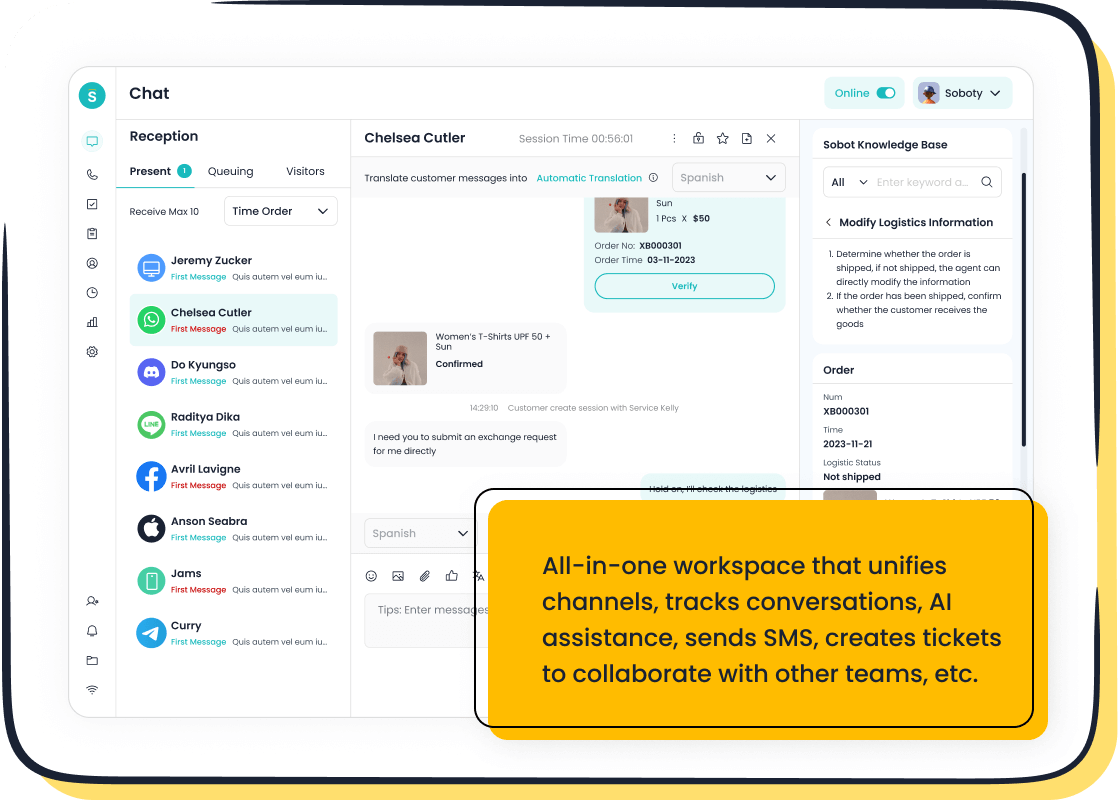
SaaS customer support strategies shape how businesses handle customer interactions. These strategies prioritize customer satisfaction and retention by addressing needs quickly and effectively. Today, customer expectations are higher than ever. For instance, 53% of customers demand better support, while 60% of businesses report a surge in support queries. Without the right tools, teams struggle to meet these demands, leading to burnout for 23% of professionals.
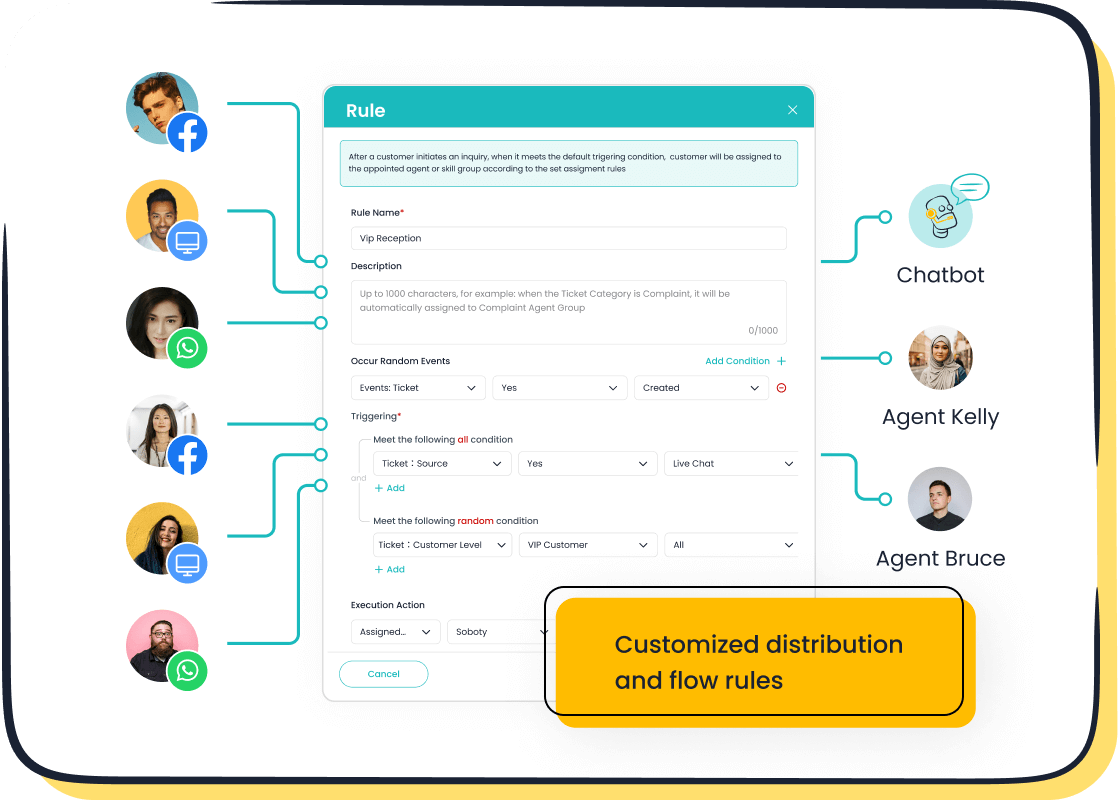
In 2025, you’ll need innovative solutions to stay ahead. Tools like Sobot Live Chat simplify live chat support by bringing all channels into one workspace. This approach enhances the customer experience and helps you turn visitors into loyal clients. By adopting smarter support methods, you can reduce workload and improve customer retention.
Overview of SaaS Customer Support Strategies
Reactive vs. Proactive Support
In SaaS customer support, the shift from reactive to proactive strategies has become essential. Reactive support involves addressing customer issues as they arise. While this approach ensures immediate problem-solving, it often leads to higher workloads for agents and longer resolution times. On the other hand, proactive customer support anticipates potential issues and resolves them before they impact the customer. For example, sending reminders about subscription renewals or providing onboarding tutorials can prevent common queries.
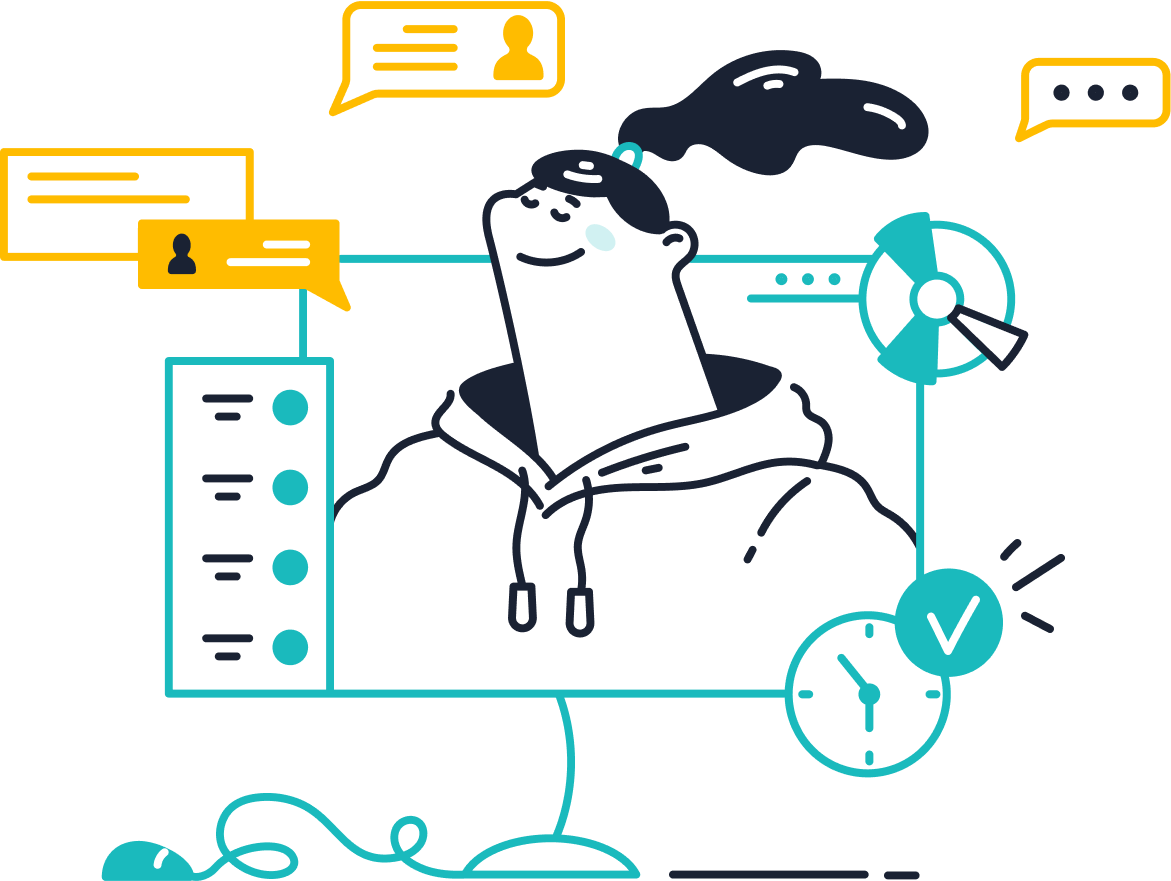
Proactive strategies improve customer satisfaction by reducing frustration. According to industry data, businesses that adopt proactive measures see a 23% increase in customer retention rates. Tools like Sobot Live Chat enable proactive engagement by offering features such as intelligent assignment and real-time notifications. These capabilities allow your team to address customer needs promptly, fostering trust and loyalty.
Multichannel and Omnichannel Support with Sobot Solutions
Modern customers expect seamless interactions across multiple platforms. Multichannel support allows you to engage customers on their preferred channels, such as email, social media, or live chat. However, managing these channels separately can lead to fragmented communication. This is where omnichannel customer support comes into play. It unifies all interactions into a single workspace, ensuring consistency and efficiency.
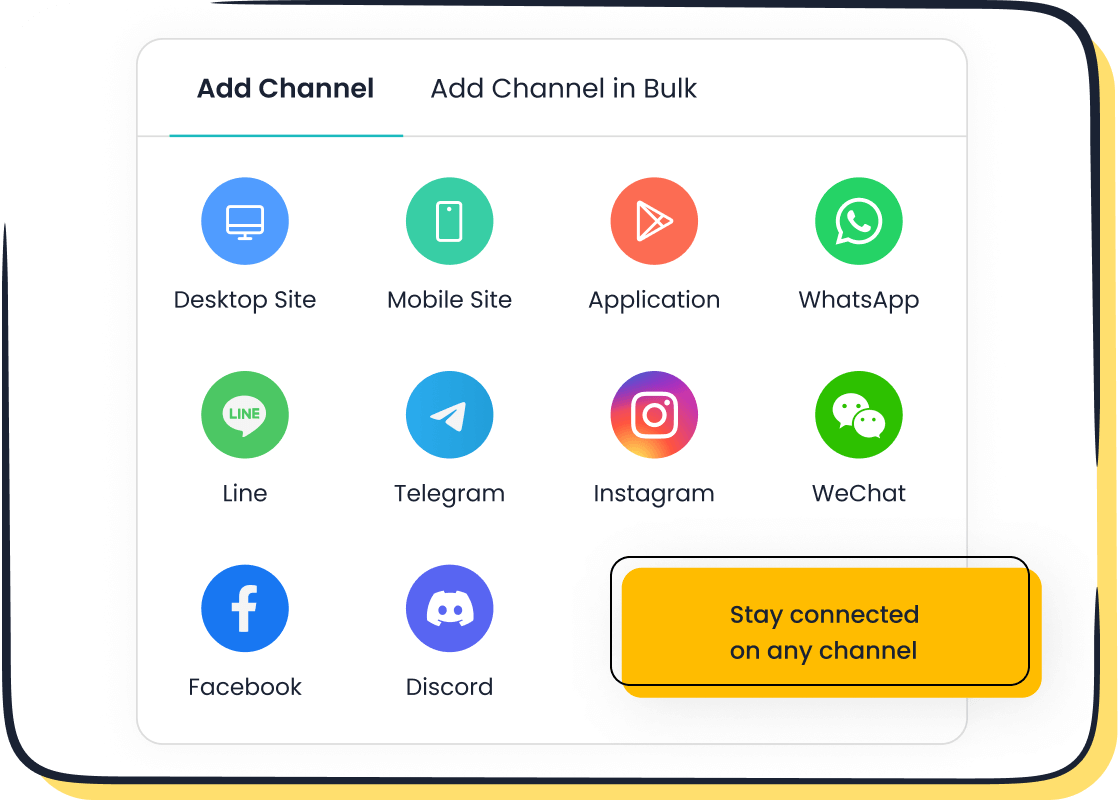
Sobot's Omnichannel Solution exemplifies this approach. It integrates communication channels like WhatsApp, Facebook, and Instagram into one platform. This solution not only reduces inbound discussion volume by 20% but also boosts customer satisfaction rates to 95%. With features like AI-driven chatbots and a unified workspace, Sobot helps your team deliver personalized and efficient service. For instance, a retail business using Sobot's omnichannel tools can resolve customer queries faster, leading to a 35% increase in sign-off rates.
| Metric | Value |
|---|---|
| Reduction in inbound discussion volume | 20% |
| Customer satisfaction rate | 95% |
| Agent efficiency increase | 30% |
Self-Service Customer Support Tools
Self-service customer support tools empower users to find solutions independently. These tools include FAQs, knowledge bases, and AI-powered chatbots. They reduce the workload on your support team by handling repetitive queries. For example, a well-structured FAQ section can address common concerns, freeing agents to focus on complex issues.

Sobot's AI-powered chatbot enhances self-service by providing 24/7 availability and multilingual support. It resolves 22.2% of customer queries without human intervention, improving efficiency and customer satisfaction. Companies like OPPO have leveraged Sobot's chatbot to achieve an 83% resolution rate and a 94% positive feedback rate. This demonstrates how self-service tools can transform your customer support strategy.
| Metric | Description |
|---|---|
| User Adoption Rate | The percentage of new users who engage and use a feature. |
| Task-Completion Rate | Percentage of users who successfully complete tasks using self-help resources. |
| Customer Satisfaction (CSAT) Score | Reflects the quality of the self-service experience. |
By integrating self-service options into your SaaS customer support, you can enhance user satisfaction while optimizing operational efficiency.
Personalized Customer Support Approaches
Personalization has become a cornerstone of effective SaaS customer support. Customers today expect tailored experiences that cater to their unique needs. By adopting personalized approaches, you can build stronger relationships with your users and enhance their overall satisfaction.
Why Personalization Matters
Personalized customer support goes beyond addressing users by their names. It involves understanding their preferences, behaviors, and past interactions to provide relevant solutions. Studies show that personalization drives engagement and loyalty. For instance, companies like Hotjar and AdRoll have seen remarkable results:
| Company | Metric | Result |
|---|---|---|
| Hotjar | Increase in installations | 26% increase in installations |
| AdRoll | Increase in feature usage | 35% increase in feature usage |
These numbers highlight how personalization can directly impact your business outcomes. When customers feel valued, they are more likely to engage with your product and explore its features.
How to Implement Personalization in SaaS Support
- Leverage Customer Data
Use customer data to create detailed profiles. Tools like Sobot Live Chat allow you to segment users based on their behavior and preferences. This segmentation helps you deliver targeted support, such as recommending features that align with their needs.
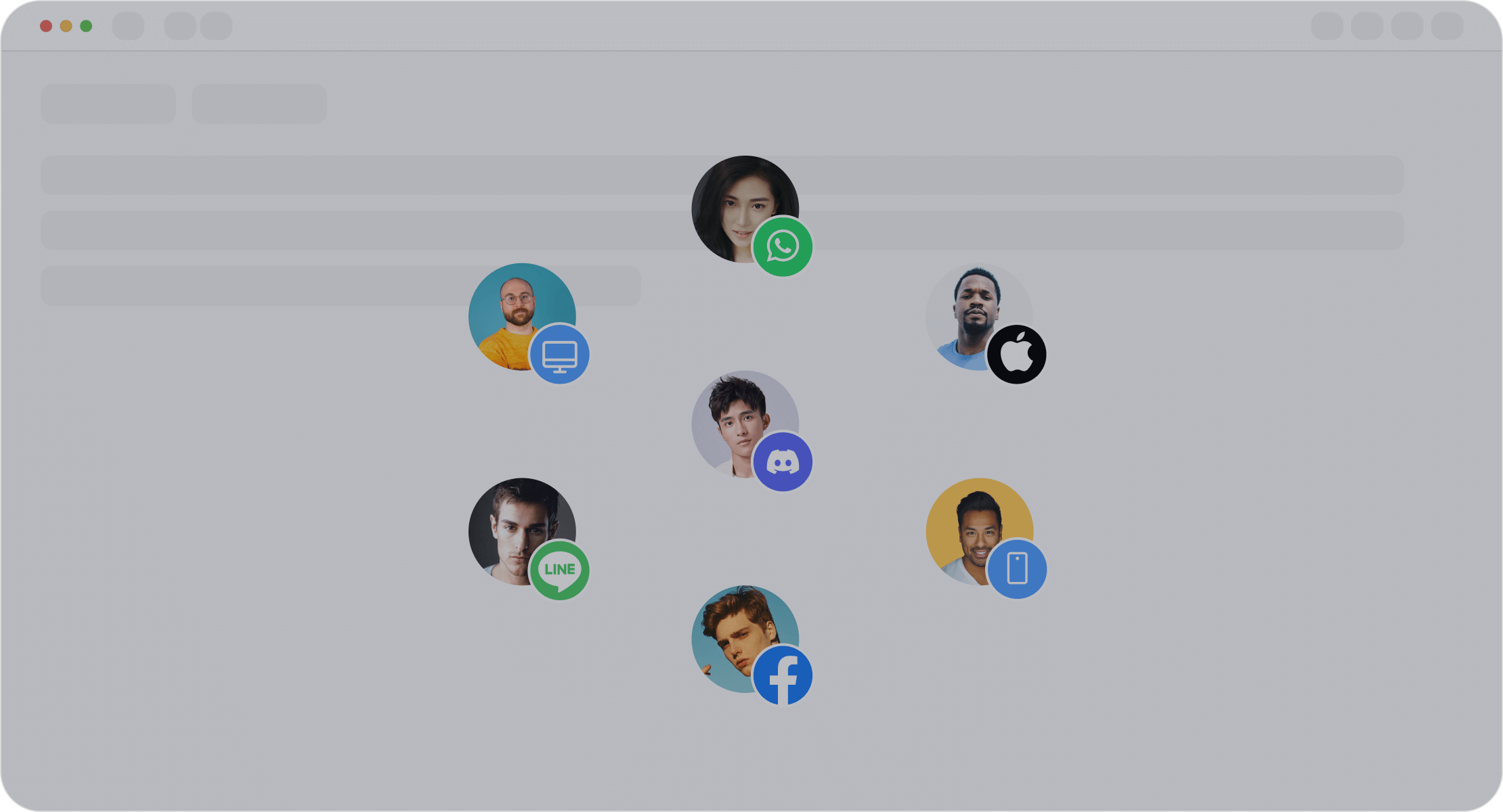
-
Provide Contextual Assistance
Context is key to personalization. For example, if a user frequently accesses a specific feature, your support team can proactively offer tips to enhance their experience. Sobot's unified workspace consolidates customer data, enabling agents to provide context-aware solutions quickly. -
Use AI-Powered Tools
AI tools can analyze customer interactions and predict their needs. Sobot's AI-assisted features, such as intelligent assignment and auto-translation, ensure that users receive timely and relevant support. These tools also help reduce response times, improving customer satisfaction. -
Offer Multilingual Support
Personalization also means speaking your customer's language. Sobot Live Chat supports auto-translation, allowing you to communicate effectively with users worldwide. This feature ensures that language barriers do not hinder your support efforts.
Benefits of Personalization
Personalized support fosters trust and loyalty. Customers appreciate when you anticipate their needs and provide tailored solutions. This approach not only improves satisfaction but also boosts retention rates. For example, Sobot's personalized tools have helped businesses achieve a 38% increase in conversion rates. By focusing on individual needs, you can turn one-time users into long-term advocates.
Tip: Start small by personalizing your email responses or live chat interactions. Gradually expand your efforts as you gather more customer data.
Personalization is no longer optional in SaaS customer support. It is a necessity for meeting customer expectations and staying competitive in 2025. By leveraging tools like Sobot Live Chat, you can deliver experiences that resonate with your users and drive business growth.
Key Components of Effective Customer Support Strategies
Customer Feedback Mechanisms
Customer feedback is the backbone of any effective customer support strategy. It provides valuable insights into what your users need and how you can improve their experience. Continuous feedback loops allow you to refine your services and align them with customer expectations. For example, analyzing recurring queries can help you identify gaps in your knowledge base and address them proactively.
To make the most of feedback, integrate mechanisms into every customer touchpoint. Use tools like surveys, sentiment analysis, and live chat interactions to gather actionable insights. Timing is crucial—send surveys immediately after interactions to capture accurate responses. Offering incentives, such as discounts or free trials, can also encourage participation. Transparency about how you use feedback fosters trust and loyalty among your customers.
Note: "Continuous customer feedback plays a crucial role in refining support services and product offerings, enhancing product features, improving customer support, and building stronger customer relationships."
By leveraging customer feedback effectively, you can enhance customer satisfaction and retention while staying ahead of market trends.
Integration of AI and Automation in SaaS Support
AI and automation have revolutionized SaaS customer support by improving efficiency and reducing response times. These technologies handle repetitive tasks, allowing your team to focus on complex issues. For instance, AI-powered chatbots like Sobot's can resolve up to 22.2% of queries without human intervention, ensuring 24/7 self-service availability.
The productivity gains from AI integration are significant. According to McKinsey & Company, AI can drive up to 3.4% annual productivity growth. Additionally, 80% of employees report increased efficiency due to AI tools. Sobot's AI-driven features, such as intelligent assignment and auto-translation, further enhance your team's capabilities. These tools streamline workflows, improve accuracy, and ensure a seamless customer experience.
| Source | Productivity Improvement Percentage |
|---|---|
| McKinsey & Company | Up to 3.4% annual productivity growth |
| Business Dive | 40% potential improvement in employee productivity |
| Business Dive | 80% of employees report significant productivity increase |
Integrating AI and automation into your customer support strategy not only boosts efficiency but also enhances customer satisfaction by delivering faster and more accurate solutions.
Training and Empowering Support Teams
Your support team is the heart of your customer support strategy. Well-trained and empowered agents can significantly improve the customer experience. Start by providing comprehensive training on tools like Sobot Live Chat, which consolidates customer data and interactions into a unified workspace. This equips your team to deliver personalized and efficient support.
Empower your agents by giving them access to real-time analytics and AI-assisted tools. For example, Sobot's intelligent assignment feature ensures that queries are routed to the right agent, reducing resolution times. Regular workshops and feedback sessions can also help your team stay updated on best practices and emerging trends.
Tip: Encourage your team to use customer feedback as a learning tool. Understanding common pain points helps them provide better solutions and build stronger relationships with users.
Investing in your support team not only enhances their performance but also boosts customer satisfaction and retention. A well-prepared team is your greatest asset in delivering exceptional support.
Metrics and KPIs for Measuring Success
Measuring the success of your customer support strategy requires tracking specific metrics and KPIs. These indicators help you evaluate performance, identify areas for improvement, and align your efforts with business goals. By focusing on the right metrics, you can enhance customer satisfaction and drive sustainable growth.
Key Performance Indicators to Track
Several KPIs predict successful outcomes in SaaS customer support. Each provides unique insights into your strategy's effectiveness:
| Performance Indicator | Description |
|---|---|
| Customer Acquisition Cost (CAC) | Measures the efficiency of marketing strategies by evaluating the cost of acquiring new customers. |
| Customer Lifetime Value (LTV) | Indicates the total revenue expected from a customer over their relationship with the company. |
| LTV to CAC Ratio | Compares the value of customers to the cost of acquiring them, indicating sustainable growth. |
| Customer Churn Rate | Reflects the percentage of customers lost over a period, crucial for assessing retention strategies. |
| Revenue Churn Rate | Measures the loss of revenue from existing customers, helping forecast long-term financial health. |
| Customer Engagement Score | Predicts future customer behavior and satisfaction, indicating potential for upselling and retention. |
Tracking these metrics ensures you understand how well your customer support strategy performs. For example, a low churn rate signals strong retention efforts, while a high engagement score highlights satisfied and loyal customers.
How Sobot Can Help You Optimize Metrics
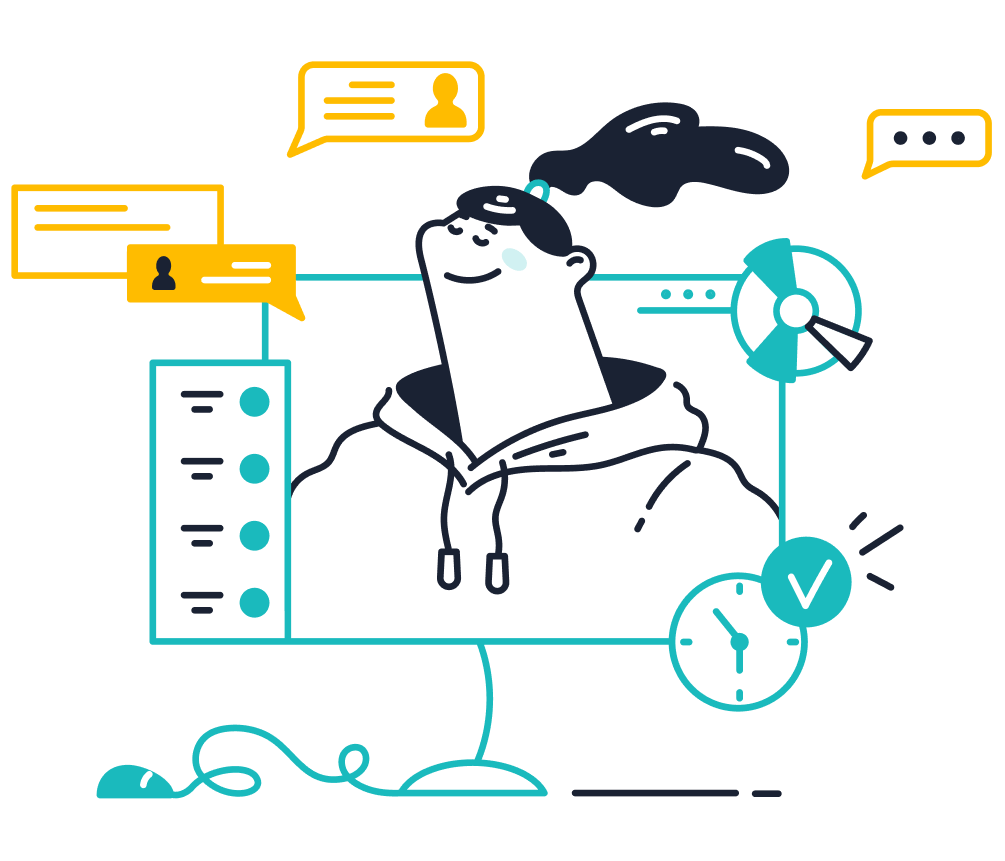
Sobot's solutions simplify tracking and improving these KPIs. The Live Chat platform offers built-in analytics that evaluates over 150 indicators, including customer engagement and satisfaction. With features like intelligent assignment and AI-assisted tools, Sobot helps you reduce churn and boost lifetime value. For instance, businesses using Sobot's omnichannel tools have reported a 95% customer satisfaction rate, showcasing the impact of streamlined support.
Tip: Regularly review your KPIs to identify trends and adjust your strategy. Use tools like Sobot's analytics to make data-driven decisions that enhance customer support.
By focusing on these metrics, you can refine your approach, improve customer satisfaction, and achieve long-term success in SaaS customer support.
Emerging Trends and Technologies for SaaS Customer Support in 2025
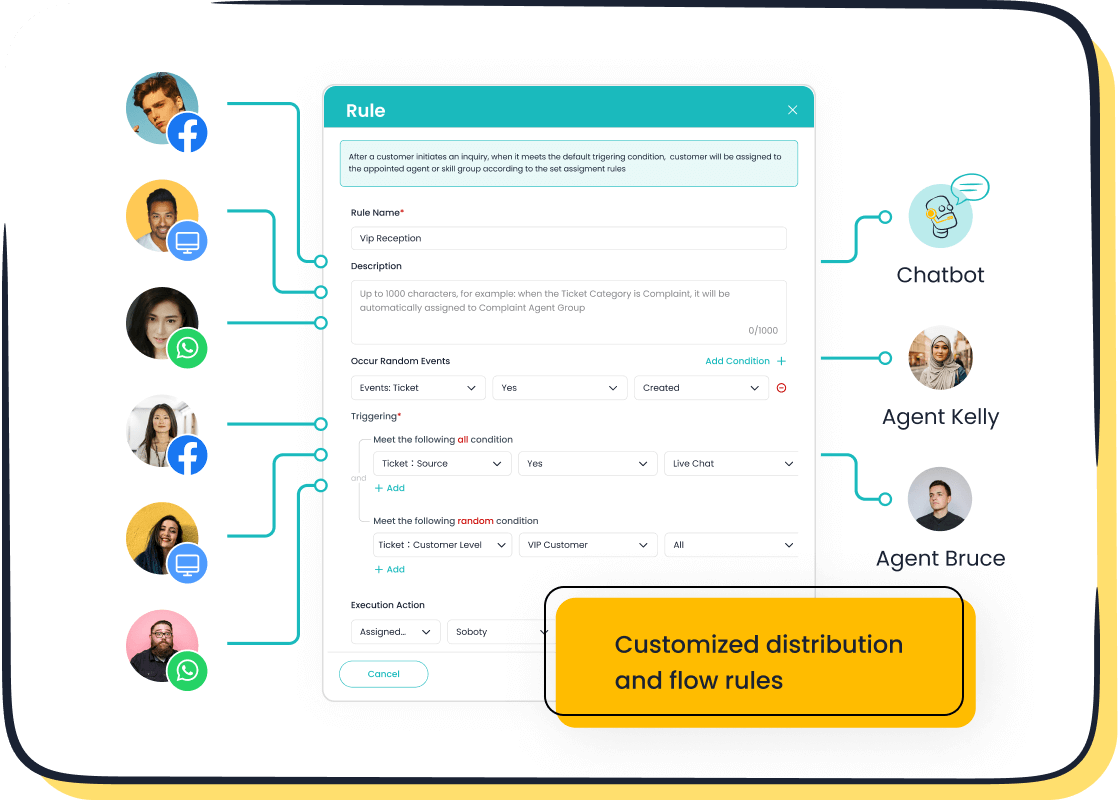
AI-Powered Chatbots and Virtual Assistants
AI-powered chatbots and virtual assistants are transforming SaaS customer support. By 2025, 80% of companies will use or plan to adopt these tools, with AI projected to handle 95% of customer interactions. These technologies provide instant responses, reducing wait times and improving customer satisfaction. For example, Sobot's AI-powered chatbot resolves 22.2% of queries without human intervention, ensuring 24/7 availability.
Consumers increasingly prefer AI-driven assistance. A recent study revealed that 52% of users want AI to enhance their product experiences, while 47% favor personalized offers. This trend highlights the growing demand for tailored, proactive support. Businesses adopting AI-powered tools can deliver faster, more accurate solutions, fostering trust and loyalty.
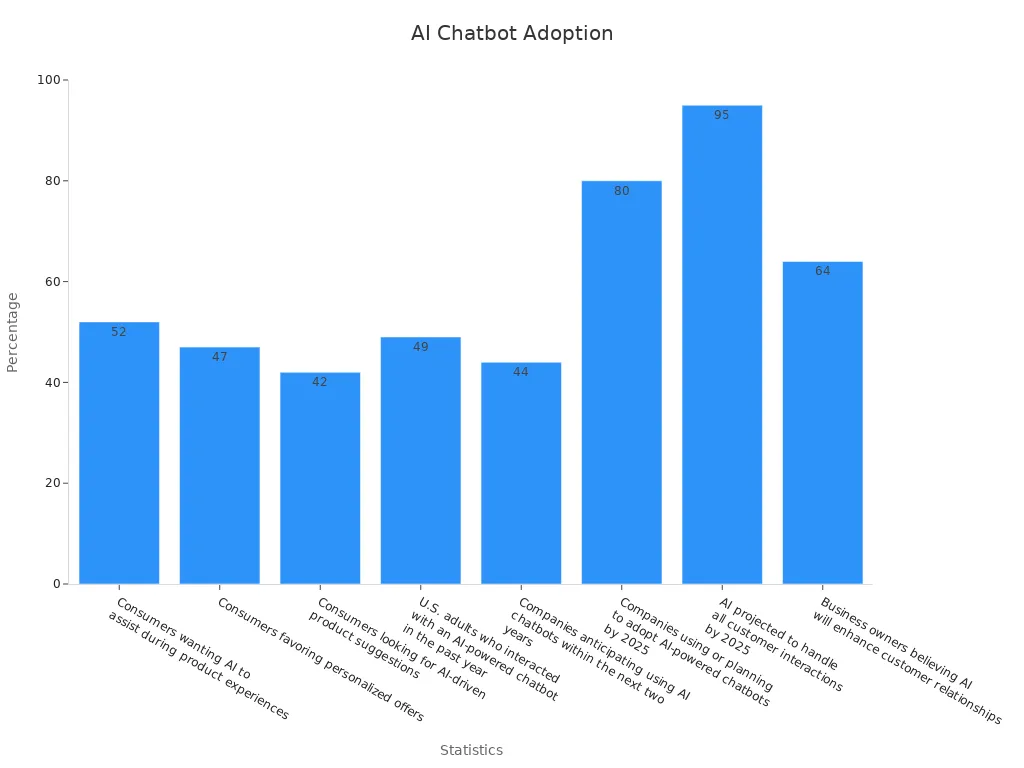
Predictive Analytics for Customer Behavior
Predictive analytics is revolutionizing how SaaS companies understand customer behavior. By analyzing historical data, this technology forecasts future actions, enabling you to anticipate needs and deliver proactive solutions. For instance, predictive models can identify customers likely to churn, allowing you to intervene with personalized offers or support.
Key advancements in predictive analytics include:
- AI-driven support beyond text-based channels, such as phone and visual AI assistance.
- Strategic outsourcing to implement AI effectively.
- Enhanced self-service options, like interactive product tours and knowledge bases.
Successful SaaS companies are also investing in digital content creation, producing more educational resources than competitors. Tools like Sobot's unified workspace integrate predictive analytics, helping you segment customers and provide tailored experiences. This approach not only improves satisfaction but also boosts retention rates.
Voice and Video Support Innovations
Voice and video support are emerging as essential tools for SaaS customer service. These channels offer a personal touch, making interactions more engaging and effective. By 2025, advancements in voice recognition and video conferencing will enable real-time problem-solving. For example, visual AI could analyze screenshots during video calls, providing instant guidance.
Sobot's omnichannel solution supports voice and video interactions, ensuring seamless communication across platforms. This capability allows your team to address complex issues efficiently, enhancing the overall customer experience. Companies adopting voice and video support can expect higher satisfaction rates and stronger customer relationships.
Tip: Incorporate voice and video support into your strategy to stand out in a competitive market.
Real-Time Collaboration Tools for Support Teams
Real-time collaboration tools have become essential for SaaS customer support teams. These tools enable your team to work together seamlessly, even when they are in different locations. By using these tools, you can improve communication, streamline workflows, and resolve customer issues faster.
One of the key benefits of real-time collaboration is enhanced efficiency. Automation and virtual agents handle routine tasks, allowing your team to focus on complex problems. For example, Sobot's unified workspace consolidates customer data and interactions, making it easier for agents to collaborate and provide personalized support. This approach not only saves time but also improves customer satisfaction.
Another advantage is real-time monitoring. Continuous tracking of IT infrastructure helps your team identify and resolve potential issues quickly. With tools like Sobot Live Chat, you can monitor customer interactions across multiple channels in real time. This ensures that no query goes unanswered, boosting your team's productivity.
Centralized management portals also play a crucial role. These platforms provide access to reports and updates, facilitating better coordination among team members. Sobot's omnichannel solution offers a unified platform where your team can manage all customer interactions efficiently. This reduces the chances of miscommunication and ensures consistent service quality.
Knowledge management is another area where real-time collaboration tools excel. Streamlined incident resolution processes improve overall efficiency and user satisfaction. For instance, Sobot's AI-powered chatbot can share relevant knowledge base articles with customers, reducing the workload on your team.
| Metric | Description |
|---|---|
| Enhanced Efficiency | Automation and virtual agents handle routine tasks, speeding up workflows and boosting productivity. |
| Real-Time Monitoring | Continuous tracking of IT infrastructure ensures quick identification and resolution of potential issues. |
| Centralized Management Portal | A unified platform provides access to reports and updates, facilitating better coordination among teams. |
| Knowledge Management | Streamlined incident resolution processes improve overall efficiency and user satisfaction. |
By adopting real-time collaboration tools, you can empower your support teams to deliver faster and more effective solutions. These tools not only enhance your team's performance but also improve the overall SaaS customer support experience.
Best Practices for Implementing SaaS Customer Support Strategies
Aligning Support Strategies with Business Goals
Aligning your customer support strategies with business goals ensures that every interaction contributes to your company’s success. When your support team understands the broader objectives, they can deliver services that not only resolve issues but also drive growth. For example, if your goal is to increase customer retention, your support team can focus on proactive engagement and personalized solutions.
This alignment enhances organizational performance, fosters collaboration, and improves decision-making. Companies that align their IT and support strategies with business goals report faster product launches and greater adaptability in dynamic markets.
| Evidence | Description |
|---|---|
| Enhanced Performance | Aligning IT with business goals improves organizational performance. |
| Competitive Advantage | Misalignment leads to inefficiencies, while alignment fosters collaboration. |
| Agility and Speed | Aligned strategies enable faster time-to-market for products. |
To achieve this, you should regularly communicate your business objectives to your support team. Tools like Sobot Live Chat can help by providing real-time analytics and insights, enabling your team to align their efforts with measurable outcomes. For instance, tracking metrics like Annual Recurring Revenue (ARR) and Monthly Recurring Revenue (MRR) can help you evaluate how well your support strategies contribute to revenue growth.
| KPI | Description |
|---|---|
| Annual Recurring Revenue (ARR) | Predictable revenue generated from existing customers annually. |
| Monthly Recurring Revenue (MRR) | Recurring revenue tracked monthly for a granular view of performance. |
By aligning your support strategies with your business goals, you can create a cohesive approach that drives both customer satisfaction and organizational success.
Building a Scalable Support Infrastructure
A scalable support infrastructure ensures that your customer support can grow alongside your business. As your customer base expands, your support system must handle increased demand without compromising service quality. Scalable models like multi-tenant, single-tenant, and hybrid architectures offer unique benefits depending on your needs.
- Multi-Tenant Architecture: Cost-efficient and easily scalable, ideal for SaaS providers with many customers sharing similar needs.
- Single-Tenant Architecture: Offers high customization and security, suitable for businesses with strict regulatory requirements.
- Hybrid Models: Combine elements of both architectures, balancing cost efficiency with customization.
To benchmark scalability, track metrics like Customer Acquisition Cost (CAC), Net Revenue Retention (NRR), and churn rate. These indicators reveal how well your infrastructure supports growth.
| Metric | Description |
|---|---|
| Customer Acquisition Cost (CAC) | Measures the cost of acquiring new customers, impacting scalability. |
| Net Revenue Retention (NRR) | Reflects revenue retention from existing customers, showing support effectiveness. |
| Churn Rate | Indicates the percentage of customers lost, a critical measure of support quality. |
| Customer Satisfaction Metrics | Measures satisfaction levels, directly linked to scalability. |
Sobot’s omnichannel solution provides a unified workspace that simplifies scaling. It integrates multiple communication channels, ensuring seamless interactions as your customer base grows. Features like AI-driven chatbots and real-time monitoring enhance efficiency, allowing your team to handle higher volumes without sacrificing quality.
Tip: Regularly review your infrastructure to identify bottlenecks and optimize for future growth.
Leveraging Customer Data for Personalization
Personalization is key to delivering exceptional customer support. By leveraging customer data, you can tailor your interactions to meet individual needs, fostering trust and loyalty. For example, analyzing past interactions can help you anticipate customer questions and provide proactive solutions.
Empirical studies show that AI-driven recommendations enhance satisfaction and loyalty. Factors like service quality, innovation, and convenience play a significant role in shaping customer experiences.
| Key Findings | Implications for Personalized Support Experiences |
|---|---|
| AI-driven personalized recommendations enhance trust, satisfaction, and loyalty. | AI technologies facilitate personalized support, improving relationships. |
| Factors affecting loyalty include service quality, product quality, price, innovation, and convenience. | These factors define the total customer experience, crucial for satisfaction. |
| AI features like chatbots improve customer service by addressing complaints effectively. | Enhanced service through AI leads to higher satisfaction levels. |
Sobot Live Chat simplifies personalization by consolidating customer data into a unified workspace. Its segmentation tools allow you to group users based on behavior, enabling targeted support. Features like auto-translation and intelligent assignment ensure that every interaction feels tailored, regardless of language or complexity.
Note: Start small by personalizing email responses or live chat interactions. Gradually expand as you gather more data.
By leveraging customer data effectively, you can transform your support strategy into a powerful tool for building lasting relationships.
Ensuring Consistency Across Channels with Sobot Live Chat
Consistency across channels is vital for delivering seamless customer support. Customers expect the same level of service whether they reach out via email, social media, or live chat support. Fragmented communication can lead to confusion, missed opportunities, and dissatisfaction. You need a solution that unifies all interactions into one cohesive system. Sobot Live Chat excels in this area, ensuring that every customer receives consistent and personalized support.
Why Consistency Matters
Consistency builds trust. When customers experience uniform service across channels, they feel valued and understood. Studies show that 73% of consumers prefer brands that offer consistent experiences across platforms. For SaaS customer support, this means aligning your communication style, response times, and solutions across all touchpoints. Inconsistent service can frustrate users and increase churn rates.
How Sobot Live Chat Ensures Consistency
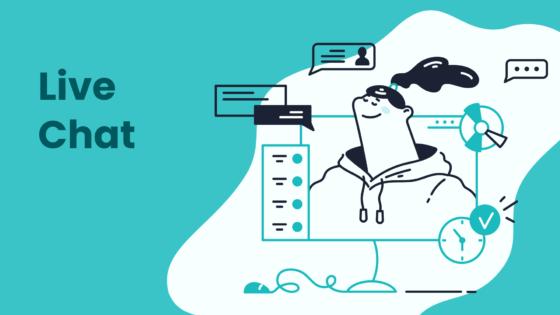
Sobot Live Chat integrates multiple communication channels into a unified workspace. Whether your customers contact you through WhatsApp, Facebook, Instagram, or your website, the platform consolidates all interactions. This eliminates the need for agents to switch between tools, reducing errors and improving efficiency.
Key features that enhance consistency include:
- Omnichannel Support: Sobot Live Chat connects all channels, ensuring customers receive the same level of service regardless of their preferred platform.
- AI-Assisted Tools: Intelligent assignment routes queries to the most suitable agent, ensuring faster and more accurate responses.
- Unified Customer Data: The platform centralizes customer profiles, allowing agents to access past interactions and provide context-aware solutions.
For example, a retail business using Sobot Live Chat can track a customer's inquiry from Instagram to live chat support without losing context. This continuity improves satisfaction and fosters loyalty.
Benefits of Consistent Omnichannel Customer Support
Consistency across channels offers several advantages:
- Improved Customer Satisfaction: Customers appreciate seamless transitions between platforms. Sobot Live Chat’s auto-translation feature ensures language barriers don’t disrupt service.
- Higher Agent Productivity: A unified workspace reduces the time agents spend switching between tools, boosting efficiency by up to 30%.
- Enhanced Retention Rates: Consistent service builds trust, encouraging customers to stay loyal to your brand.
| Benefit | Impact |
|---|---|
| Improved Satisfaction | Customers experience seamless service across all channels. |
| Higher Productivity | Agents handle queries faster, reducing resolution times. |
| Enhanced Retention Rates | Trust and loyalty increase, reducing customer churn. |
Actionable Steps to Achieve Consistency
To ensure consistency across channels, follow these steps:
- Adopt Omnichannel Solutions: Use platforms like Sobot Live Chat to unify communication channels.
- Train Your Team: Equip agents with tools and knowledge to deliver consistent service.
- Monitor Performance: Use analytics to track customer satisfaction and identify areas for improvement.
Tip: Regularly review customer feedback to ensure your support strategy aligns with their expectations.
Consistency is no longer optional in customer support. It’s a necessity for meeting customer demands and staying competitive. By leveraging Sobot Live Chat, you can deliver uniform experiences that enhance satisfaction and drive growth.
Case Studies of Successful SaaS Customer Support Strategies
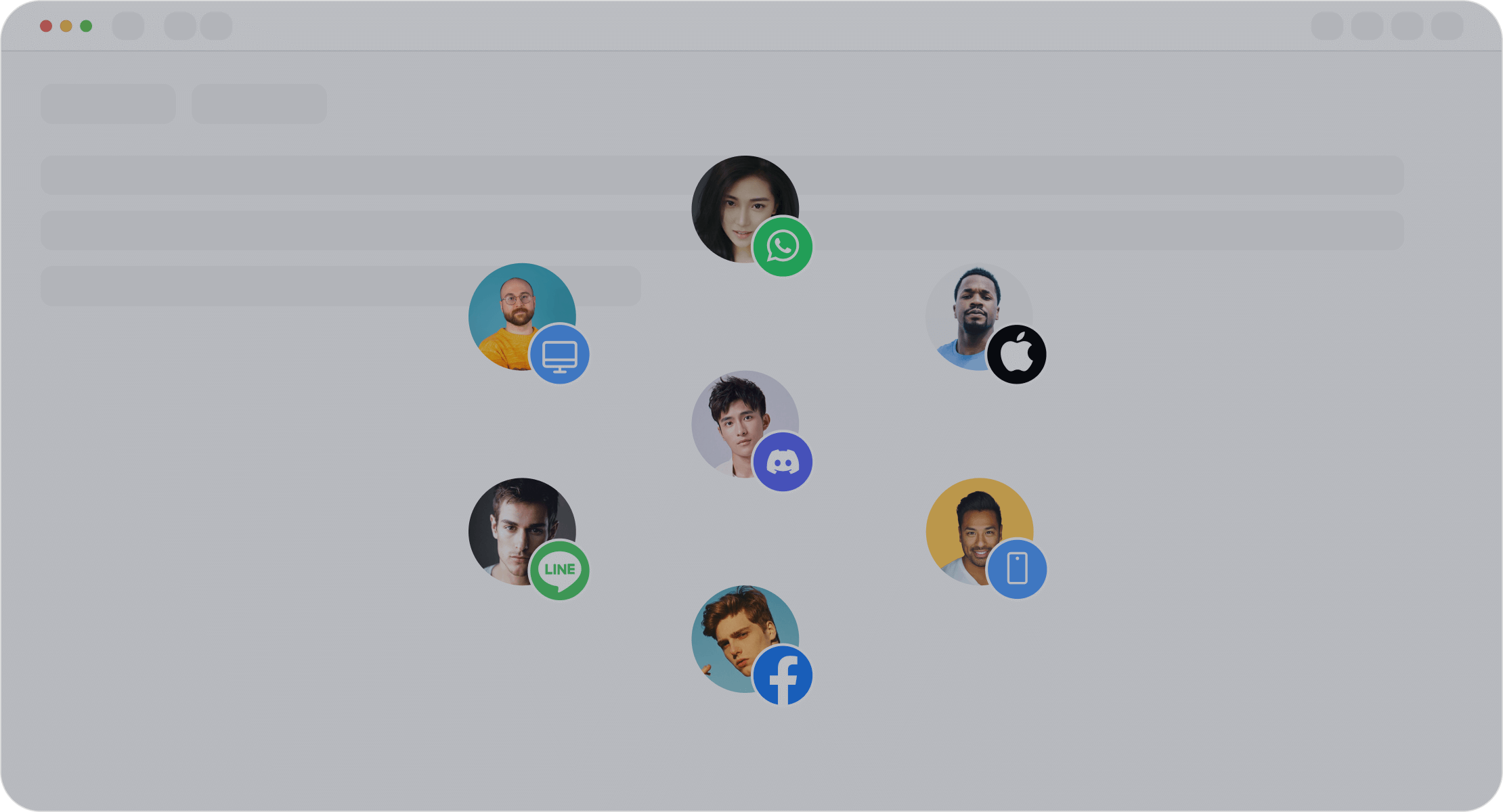
OPPO’s Use of Sobot Chatbot for Self-Service Customer Support
OPPO, a global leader in smart devices, faced challenges during peak shopping periods when customer inquiries surged. To address this, OPPO implemented Sobot’s AI-powered chatbot as part of its self-service customer support strategy. The chatbot handled repetitive queries, freeing human agents to focus on complex issues. This approach optimized efficiency and reduced wait times.
The results were remarkable. OPPO achieved an 83% chatbot resolution rate and a 94% positive feedback score. By automating responses, OPPO reduced maintenance efforts for its knowledge base by 90%. Customers benefited from faster resolutions, while OPPO improved its repurchase rate by 57%. This case highlights how self-service customer support tools like Sobot’s chatbot empower users to resolve issues independently, enhancing satisfaction and operational efficiency.
Tip: Use self-service tools to handle repetitive queries and focus your team’s efforts on high-value interactions.
Samsung’s Multichannel Support Success with Sobot Omnichannel Solution
Samsung’s multichannel approach to customer support sets a benchmark for meeting diverse customer needs. By integrating Sobot’s omnichannel solution, Samsung unified communication across platforms like messaging apps, social media, forums, and in-store assistance. This ensured customers could reach support through their preferred channels, enhancing satisfaction.
The impact was measurable. Samsung tracked customer satisfaction using CSAT scores, which improved significantly due to the seamless experience provided by Sobot’s tools. The unified workspace allowed agents to access customer data efficiently, reducing resolution times and boosting productivity. This strategy demonstrates how multichannel support can elevate customer satisfaction while streamlining operations.
Fact: 80% of customer service organizations rely on CSAT scores to measure customer experience. A 10% increase in CSAT can lead to a 12% rise in customer trust.
Luckin Coffee’s Implementation of Sobot Live Chat for Personalized Support
Luckin Coffee, a fast-growing coffee chain, leveraged Sobot Live Chat to deliver personalized customer support. The platform’s unified workspace enabled agents to access customer profiles and past interactions, ensuring tailored solutions. Features like intelligent assignment and auto-translation further enhanced the experience.
This personalized approach resulted in higher customer satisfaction and loyalty. Luckin Coffee saw a 38% increase in conversion rates, turning casual visitors into loyal customers. By using Sobot Live Chat, the company extended customer lifecycles and fostered trust. Personalized support not only improved retention but also strengthened Luckin Coffee’s brand reputation.
Note: Personalization drives engagement. Studies show that tailored experiences increase feature usage by 35%.
Lessons Learned from Industry Leaders
Industry leaders in SaaS customer support have set benchmarks by adopting innovative strategies and leveraging data-driven insights. Their success stories offer valuable lessons that can guide your approach to customer support.
1. Prioritize Customer Insights
Top SaaS companies rely on a mix of quantitative and qualitative data to understand user behavior and product performance. By analyzing daily or bi-weekly engagement metrics, they ensure their products meet customer needs. For example, B2C products focus on daily usage, while B2B solutions aim for bi-weekly engagement to maintain relevance. Continuous monitoring of these metrics allows timely adjustments, ensuring customer satisfaction.
| Evidence Type | Description |
|---|---|
| Customer Insights | Modern teams use data to understand user behavior and product performance. |
| Engagement Metrics | B2C products focus on daily usage; B2B targets bi-weekly engagement. |
| Feedback Mechanisms | Continuous feedback monitoring improves strategies and satisfaction. |
2. Simplify Offerings for Scalability
Leading companies have discovered that simplifying product offerings enhances scalability and customer satisfaction. By focusing on machine intelligence and reinforcement learning, they manage complexity while prioritizing user experience. For instance, Sobot’s AI-powered tools streamline workflows, enabling your team to handle higher volumes without compromising service quality.
Tip: Simplify your support processes to improve scalability and efficiency.
3. Leverage Feedback Mechanisms
Continuous feedback collection is essential for adapting strategies. Industry leaders use tools like surveys and sentiment analysis to gather actionable insights. Sobot Live Chat, with its built-in analytics, helps you monitor over 150 indicators, enabling data-driven decisions. This approach ensures your support aligns with customer expectations.
- Engagement metrics should reflect genuine user behavior.
- Monitor metrics continuously for timely strategy adjustments.
- Understand audience motivations to craft effective messaging.
By learning from these strategies, you can refine your SaaS customer support, enhance satisfaction, and drive growth.
Adopting modern SaaS customer support strategies is essential for meeting customer expectations in 2025. Emerging technologies like AI and omnichannel solutions transform how you deliver support, improving metrics such as Customer Satisfaction Score (CSAT) and First Response Time (FRT). Tools like Sobot Live Chat unify communication channels, enabling faster resolutions and personalized experiences. To enhance your strategy, evaluate metrics like churn rate and ticket volume, then implement scalable solutions. By leveraging these innovations, you can build trust, reduce churn, and foster long-term loyalty.
FAQ
What is SaaS customer support, and why is it important?
SaaS customer support refers to the assistance provided to users of software-as-a-service platforms. It ensures smooth user experiences, resolves issues, and boosts customer satisfaction. For example, tools like Sobot Live Chat help businesses improve retention by offering personalized and efficient support across multiple channels.
How does Sobot Live Chat enhance customer support?
Sobot Live Chat unifies communication channels like WhatsApp, Facebook, and Instagram into one workspace. It uses AI-powered tools for intelligent assignment, auto-translation, and real-time analytics. These features improve agent productivity by 30% and increase customer satisfaction rates to 95%.
What are the benefits of using AI-powered chatbots in SaaS support?
AI-powered chatbots handle repetitive queries, provide 24/7 availability, and reduce agent workloads. For instance, Sobot’s chatbot resolves 22.2% of queries without human intervention. This improves efficiency and allows your team to focus on complex issues, enhancing overall customer satisfaction.
Why is omnichannel support critical for SaaS businesses?
Omnichannel support ensures consistent customer experiences across platforms. Sobot’s Omnichannel Solution integrates all communication channels into one system, reducing inbound discussion volume by 20%. This approach improves satisfaction and retention by offering seamless and personalized interactions.
How can SaaS companies measure the success of their customer support strategies?
Track metrics like Customer Satisfaction Score (CSAT), churn rate, and Net Revenue Retention (NRR). Sobot Live Chat provides built-in analytics to monitor over 150 indicators, helping you evaluate performance and make data-driven decisions to enhance your support strategy.
See Also
Enhance SaaS Customer Support Using Live Chat Techniques
Discovering Leading Cloud Contact Centers for 2025
Best 10 Customer Service Software Solutions for 2024
